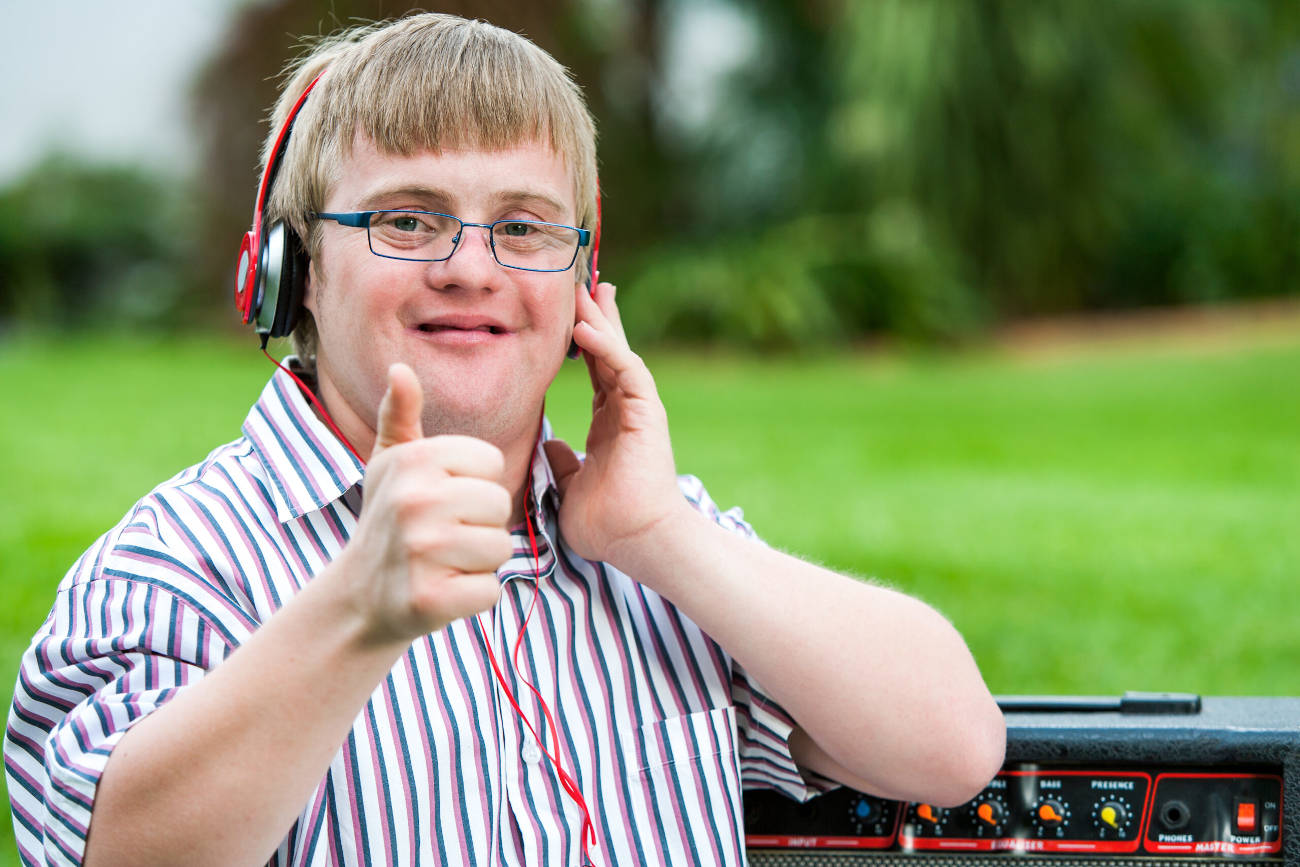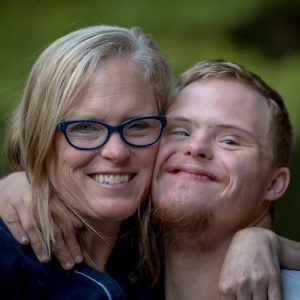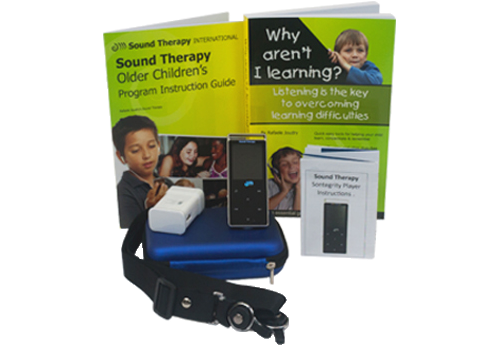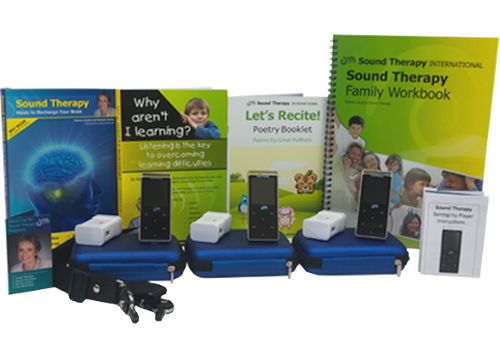Down Syndrome and Sound Therapy
How to enhance language and learning for Down Syndrome children


The expected potential of children with Down Syndrome has vastly increased in recent decades leading to better care, fulfillment and life expectancy for these unique individuals. With the increase of early intervention, sensory stimulation programs and language therapies many of the previously assumed limitations of these children are being challenged.
The most significant educational difficulties they face are due to hearing and processing difficulties, which can be greatly alleviated with the right care. Down Syndrome causes a slow processing speed, reducing the ability to comprehend short words, which are essential to language construction.
Lack of muscle tone typically results in poor posture with a slouched appearance, curved shoulders, and limited facial expression and oral control, which affects speech production.
Hearing is a vitally important aspect of speech. The ear specialist, Dr Alfred Tomatis, showed that the ear is actively involved in processing language for comprehension as well as in the auditory control of speech. Therefore, therapy provided to the hearing mechanisms will greatly enhance speech development. While hearing can be seen as the passive reception of sound, listening is the active focussing ability of the ear. The middle ear acts like a radar system, selecting, through the action of its muscles, to direct our attention to the sounds of interest. This is the first step in auditory processing.


![AdobeStock_268551364 (1) [Converted]](https://mysoundtherapy.com/au/wp-content/uploads/AdobeStock_268551364-1-ear-1.jpg)








